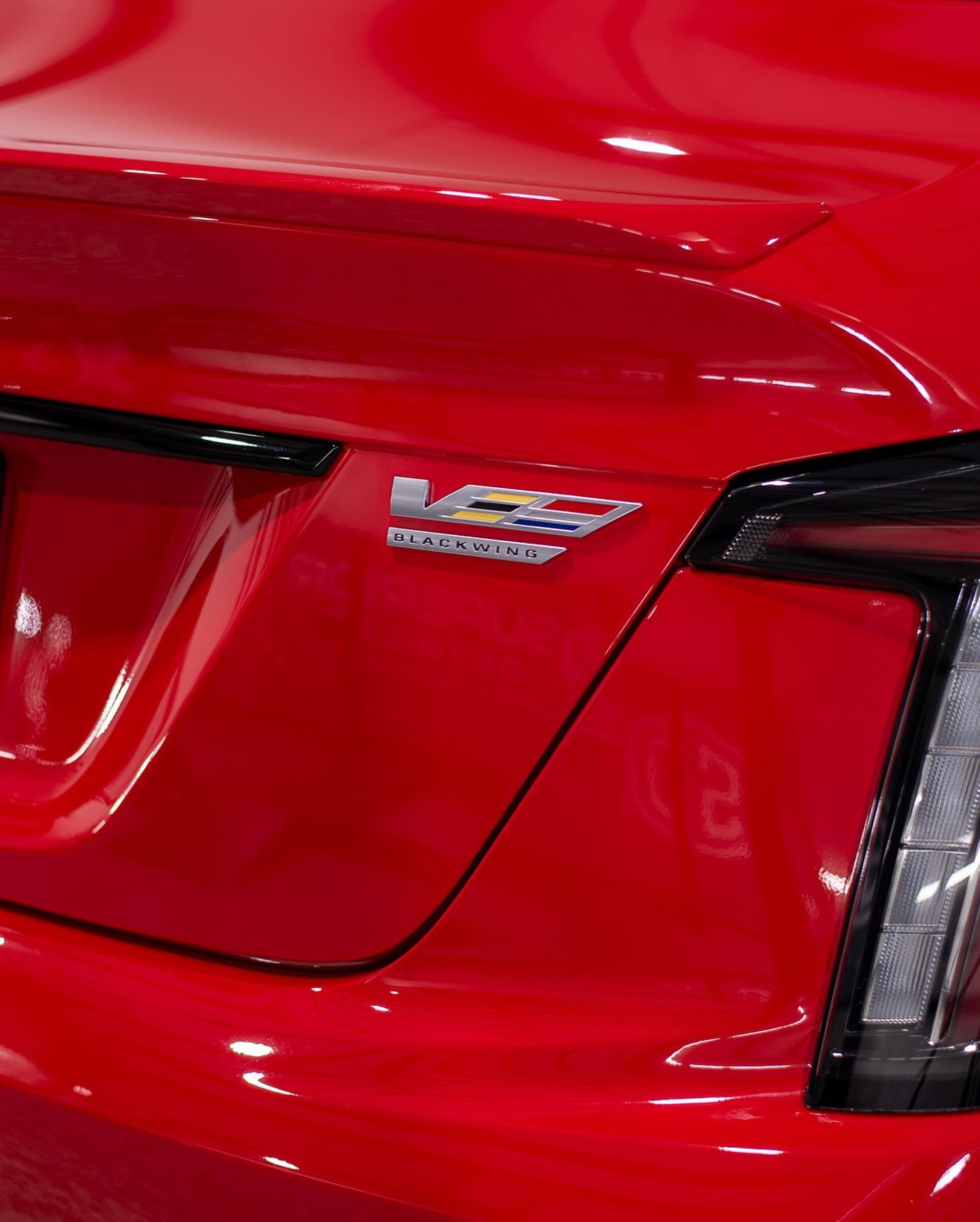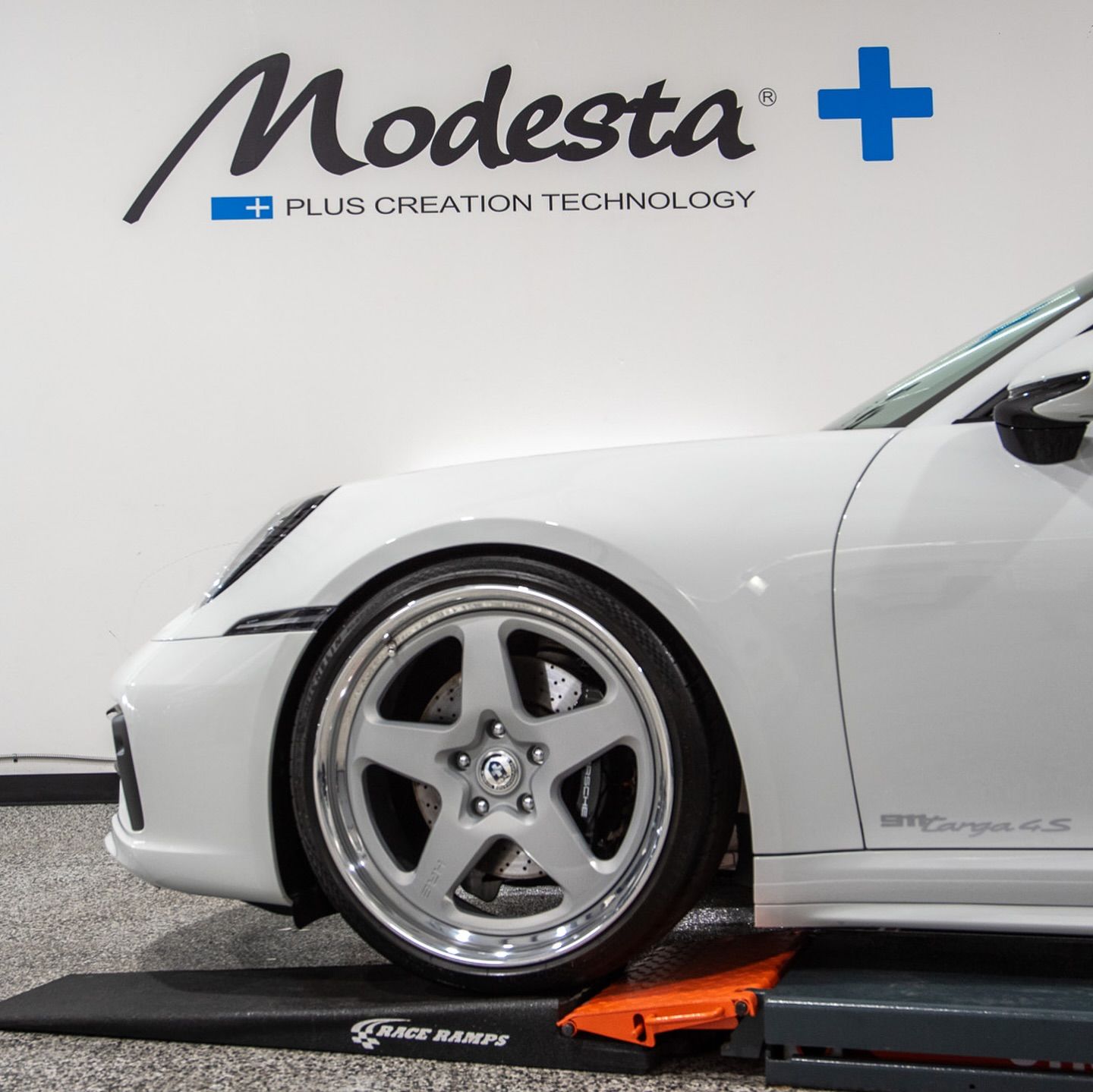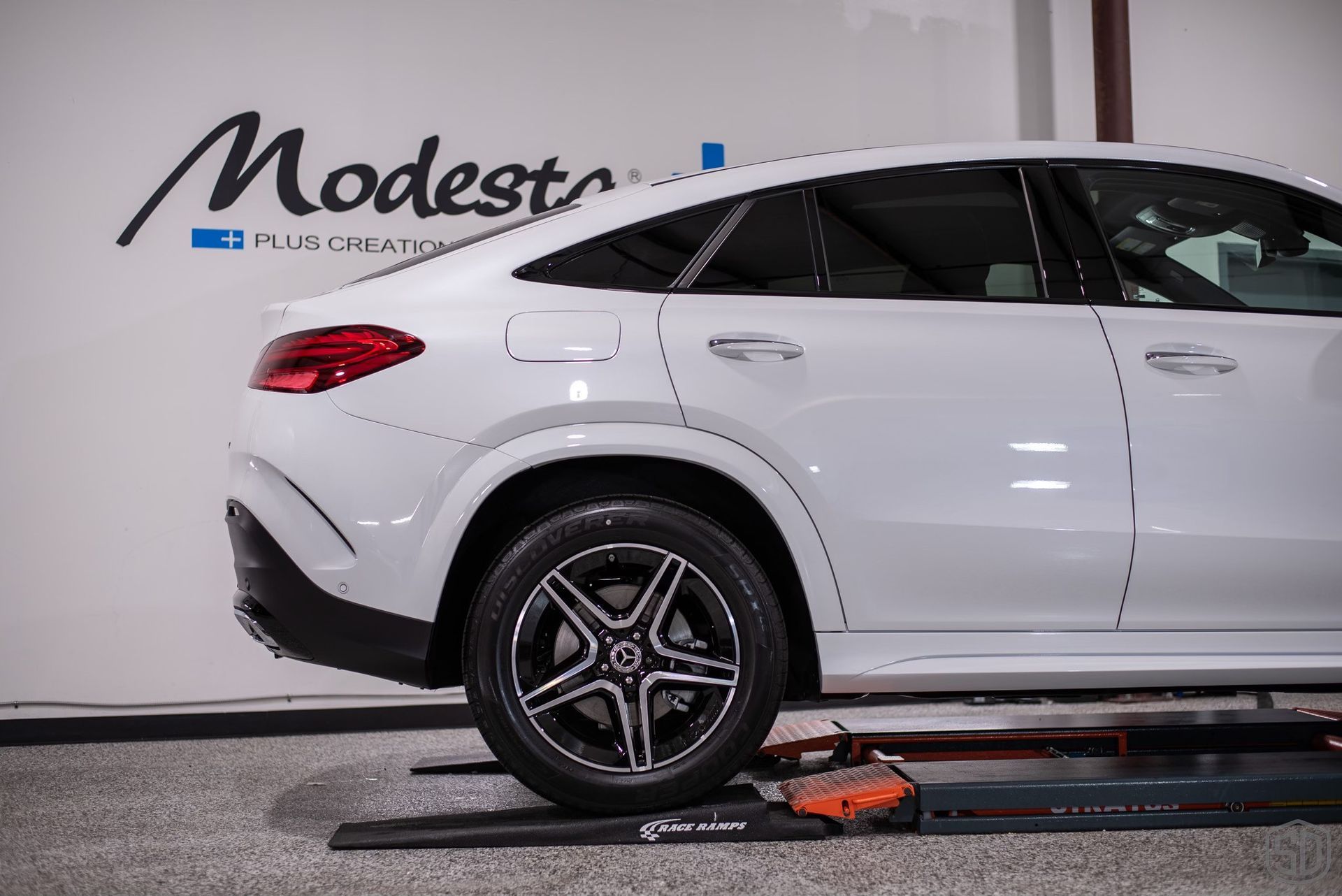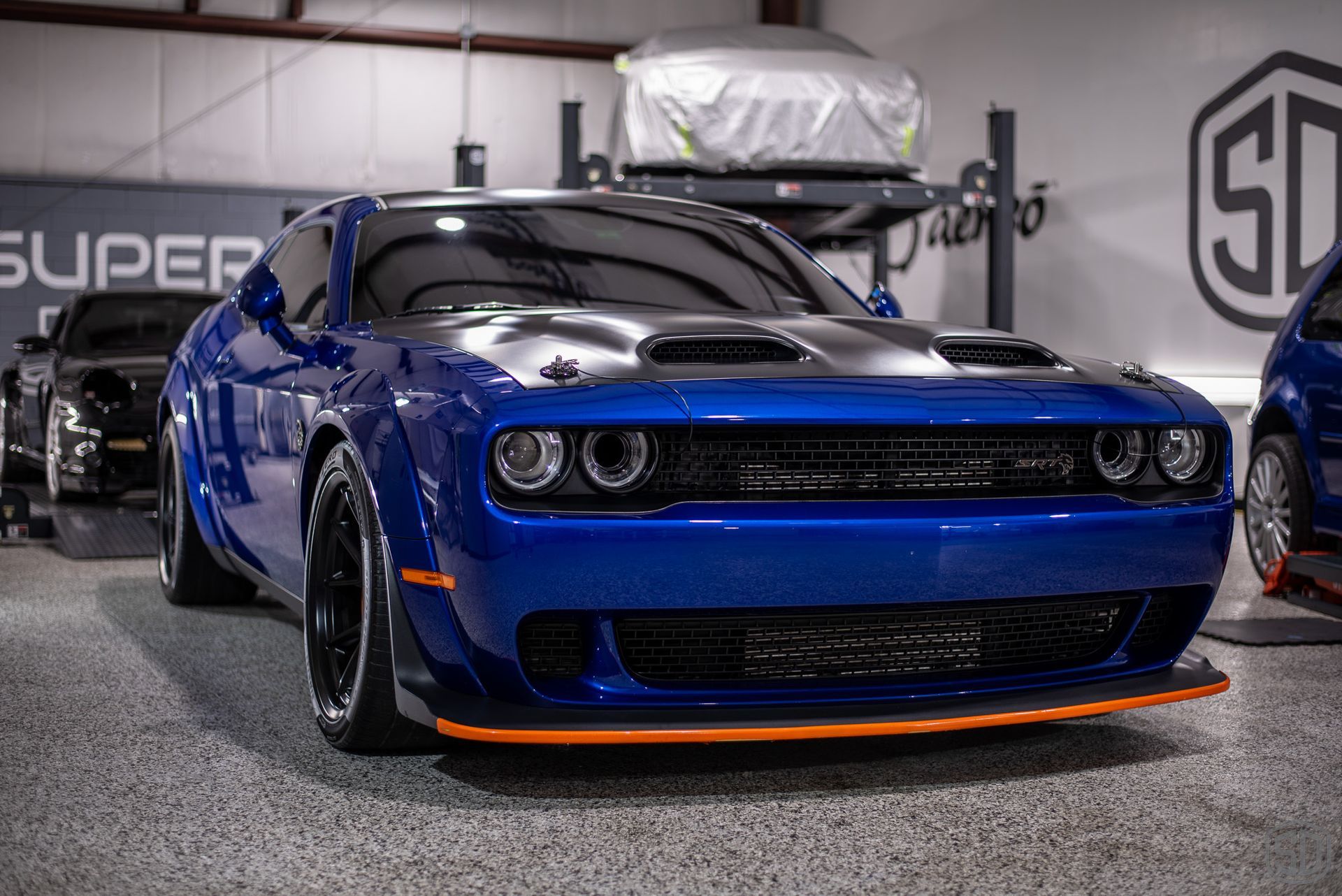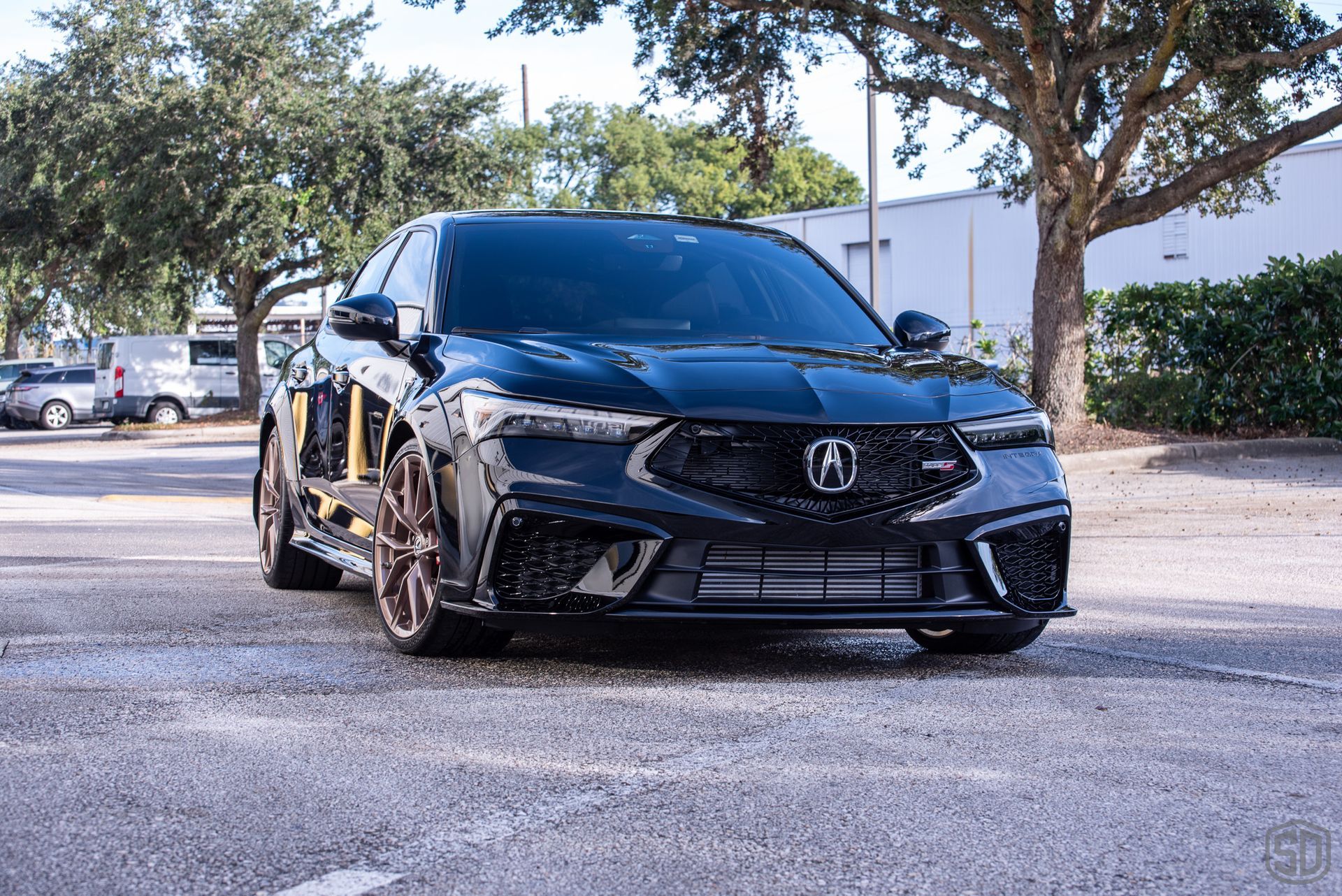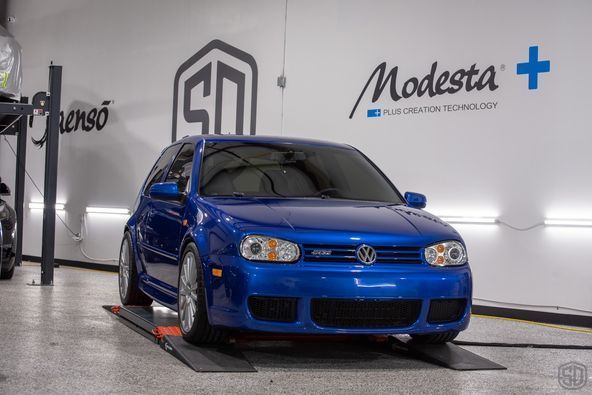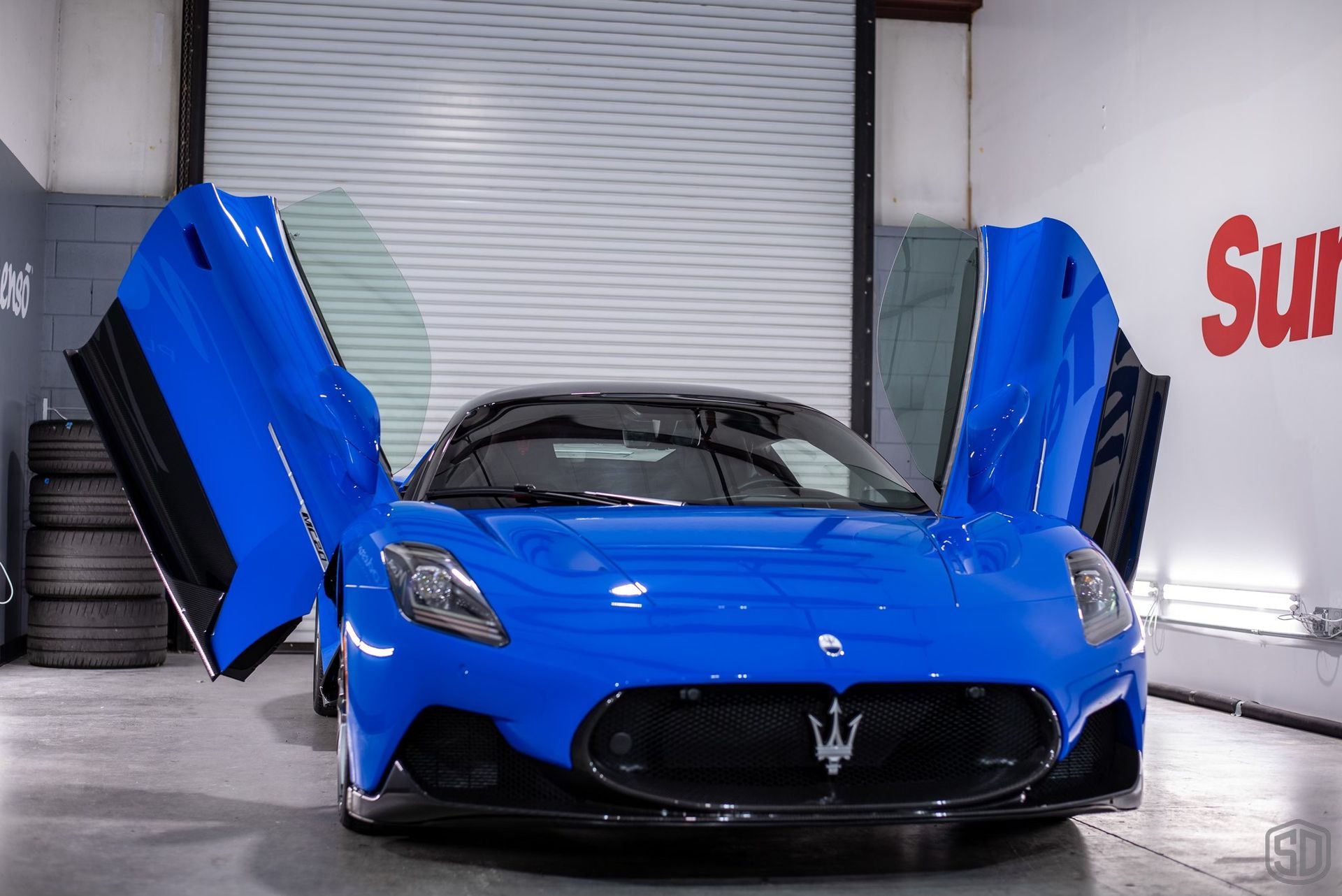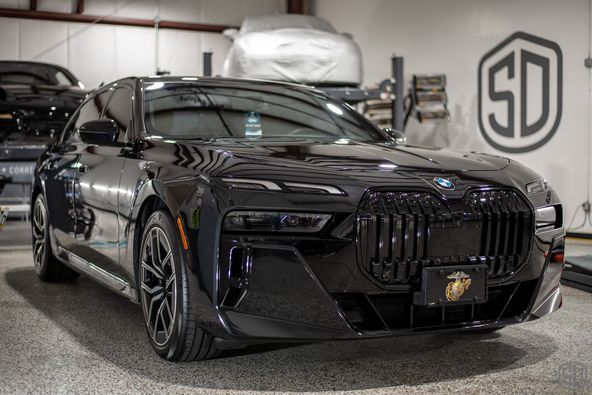Choosing the Right Paint Protection: Ceramic Coating vs. Car Wax
Choosing the Right Paint Protection:
Ceramic Coating vs. Car Wax
Which Choice is Best for your Vehicle?
We know that in today's world it can be difficult to make an educated decision on your vehicle's paint protection, especially with so much information out there. We get asked a lot of if we still apply wax to vehicles. The short answer is yes. In this post I want to present some of the major differences between ceramic coatings and traditional car waxes to be help you decided which may be best for your vehicle.
Traditional Car Waxes
Car waxes have a rich history that can be traced back over a century.
The concept of waxing and polishing surfaces to protect and enhance their appearance isn't new and has ancient roots. But in the context of automobiles, the use of wax as a protective agent began in the late 19th and early 20th centuries.
1. Origin:
The earliest waxes were made from animal fats and were used on horse-drawn carriages to protect the paint and wood. As the automobile era began, the need for a more effective protective agent for car paint became evident.
2. Carnauba Wax:
The breakthrough in car wax came with the introduction of carnauba wax. Carnauba wax is a natural wax obtained from the leaves of the carnauba palm, native to Brazil. It became popular in the early 20th century because of its durability, protective qualities, and high-gloss finish. It's worth noting that carnauba wax in its natural state is hard, so it's typically blended with other substances like beeswax or solvents to make it usable for automotive applications.
3. Evolution:
Over the decades, car waxes have evolved, with many synthetic formulations entering the market. These synthetic waxes (often polymer-based) were designed to be more durable, easier to apply, and sometimes more affordable than their natural counterparts.
4. Modern Era:
Today, the market offers a wide range of products, from pure carnauba waxes to synthetic blends, each with its unique properties and advantages. The rise of ceramic coatings and paint sealants in recent years has also expanded the choices available to car enthusiasts and professionals.
While the exact date can be hard to pinpoint, car waxes, especially those based on carnauba, have been around since the early 20th century. The concept of protecting and beautifying vehicle surfaces, however, predates automobiles and extends back to the days of horse-drawn carriages.
We still apply car waxes in our shop today and find that they have still have many modern applications and benefits when compared to ceramic coatings.
Ceramic Coatings
Ceramic coatings, while relatively newer in the automotive scene compared to car waxes, have also witnessed a significant evolution over the past few decades. Here's a brief history and description to help us better understand and then compare to traditional car waxes:
1. Origin and Early Uses:
Ceramic coatings, at their core, are inorganic materials. The term "ceramic" in the context of these coatings often refers to the use of sol-gel processes that transform a liquid "sol" into a solid "gel" film. This technology wasn't initially developed for automobiles but found uses in various industries, especially in corrosion protection for metals.
2. Automotive Introduction:
The adaptation of ceramic technology to automotive paint protection is a more recent development, beginning in the late 20th century. The automotive industry was on the lookout for more permanent or long-lasting solutions to protect paint than what traditional waxes and sealants could offer.
3. Properties and Benefits:
Ceramic coatings offered numerous benefits, which led to their increasing popularity:
- Durability: Unlike traditional waxes and sealants, some ceramic coatings claim to last for several years.
- Chemical Resistance: They provide a barrier against chemical contaminants like bird droppings, tree sap, and acid rain.
- UV Protection: These coatings help prevent paint oxidation by offering protection against harmful ultraviolet rays.
- Hydrophobic Nature: One of the most notable features of ceramic coatings is their water-repellent, or hydrophobic, properties, which makes water bead up and roll off the surface.
4. Evolution and Modern Era:
Over the years, the formulations and technologies behind ceramic coatings have evolved. There are now various products available, ranging from professional-grade coatings that require specialized application to more user-friendly versions for DIY enthusiasts.
Nano-technology played a pivotal role in this evolution. The term "nano-ceramic coating" became popular because these coatings consist of nanoparticles that form a very tight, consistent mesh structure, providing a thin yet durable layer of protection.
5. Beyond Automotive:
While we often associate ceramic coatings with automotive paint protection, the technology is versatile. It's been adapted for various other applications, such as protecting marine vessels, aircraft, industrial machinery, and even in some consumer goods.
6. Challenges and Criticisms:
Like any product, ceramic coatings aren't without their challenges or criticisms. Proper application is crucial, often necessitating a professional touch. There's also a range in quality and performance between products, leading to varying customer experiences.
In conclusion, while carnauba waxes have a longer history in the automotive world, ceramic coatings represent the blending of ancient ceramic principles with modern nanotechnology. Their emergence and popularity in the late 20th and early 21st century signify the industry's continuous effort to find efficient, long-lasting solutions to protect and preserve the aesthetics of vehicles.
Car Wax vs. Ceramic Coatings
Now that we have a better understanding of both applications, let's compare the two.
Each has its own set of advantages and disadvantages. Here's a comparison to help you understand their differences:
1. Definition:
Ceramic Coating:
- A liquid polymer applied to the exterior surfaces of a vehicle.
- Chemically bonds with the factory paint, creating a protective layer on top.
Car Wax:
- Made from natural waxes (like carnauba) or synthetic materials.
- Provides a protective layer on the surface, without chemical bonding.
2. Duration and Durability:
Ceramic Coating:
- Lasts longer, typically several years, depending on the product and environmental conditions.
- More resistant to environmental contaminants like bird droppings, bugs, dirt, and tar.
- Provides protection against UV rays, which can cause oxidation and paint fading.
Car Wax:
- Typically lasts a few weeks to a few months, requiring more frequent reapplication.
- Provides decent protection against contaminants but is less resistant than ceramic coatings.
3. Finish and Appearance:
Ceramic Coating:
- Offers a deep gloss and enhances the paint's appearance.
- Repels water very effectively, often referred to as the "hydrophobic" effect.
Car Wax:
- Can give a rich, warm glow, especially carnauba wax.
- Provides a smooth finish and has water-repellent properties but might not be as hydrophobic as ceramic coatings.
4. Protection:
Ceramic Coating:
- Protects against minor scratches (though it won't make your car scratch-proof).
- Offers better protection against chemical stains and etching.
Car Wax:
- Offers minimal protection against scratches.
- Less effective against chemical stains compared to ceramic coatings.
5. Ease of Application:
Ceramic Coating:
- Application can be more complex and might require professional installation.
- Surface preparation is essential, often requiring paint correction before application.
Car Wax:
- Easier for DIY enthusiasts to apply at home.
- Typically requires less preparation than ceramic coatings.
6. Cost:
Ceramic Coating:
- Initial cost is higher, given the longevity and the possible need for professional application.
- Over time, however, the cost might balance out due to less frequent applications.
Car Wax:
- Generally cheaper than ceramic coatings.
- But, because of its shorter lifespan, it needs to be reapplied more frequently, which can add up over time.
7. Maintenance:
Ceramic Coating:
- Requires less frequent maintenance.
- Simplifies cleaning since dirt and grime don't stick as easily.
Car Wax:
- Requires regular reapplication to maintain protection and appearance.
- Regular washing and occasional polishing are necessary to maintain the shine.
In conclusion, the choice between ceramic coatings and car wax often comes down to personal preference, budget, and the level of protection desired. While ceramic coatings offer longer-lasting protection and can simplify maintenance, car wax provides a more affordable and accessible option for those looking to keep their cars looking their best.
Vehicle age and paint also play a factor in this decision for us. Antique vehicles that are "show queens" don't require such a strong level of protection like ceramic coatings. There are many instances were we will choose to apply a traditional car wax for a garage queen or for an older vehicle with single-stage paint.
We hope this helps you to better understand the major differences between car wax and ceramic coatings. And, maybe you got a bit of a history lesson along the way.
As always, contact us at the form below to get more information on applying a traditional car wax or Modesta coating to your vehicle. And thanks for reading!
-Team SD


